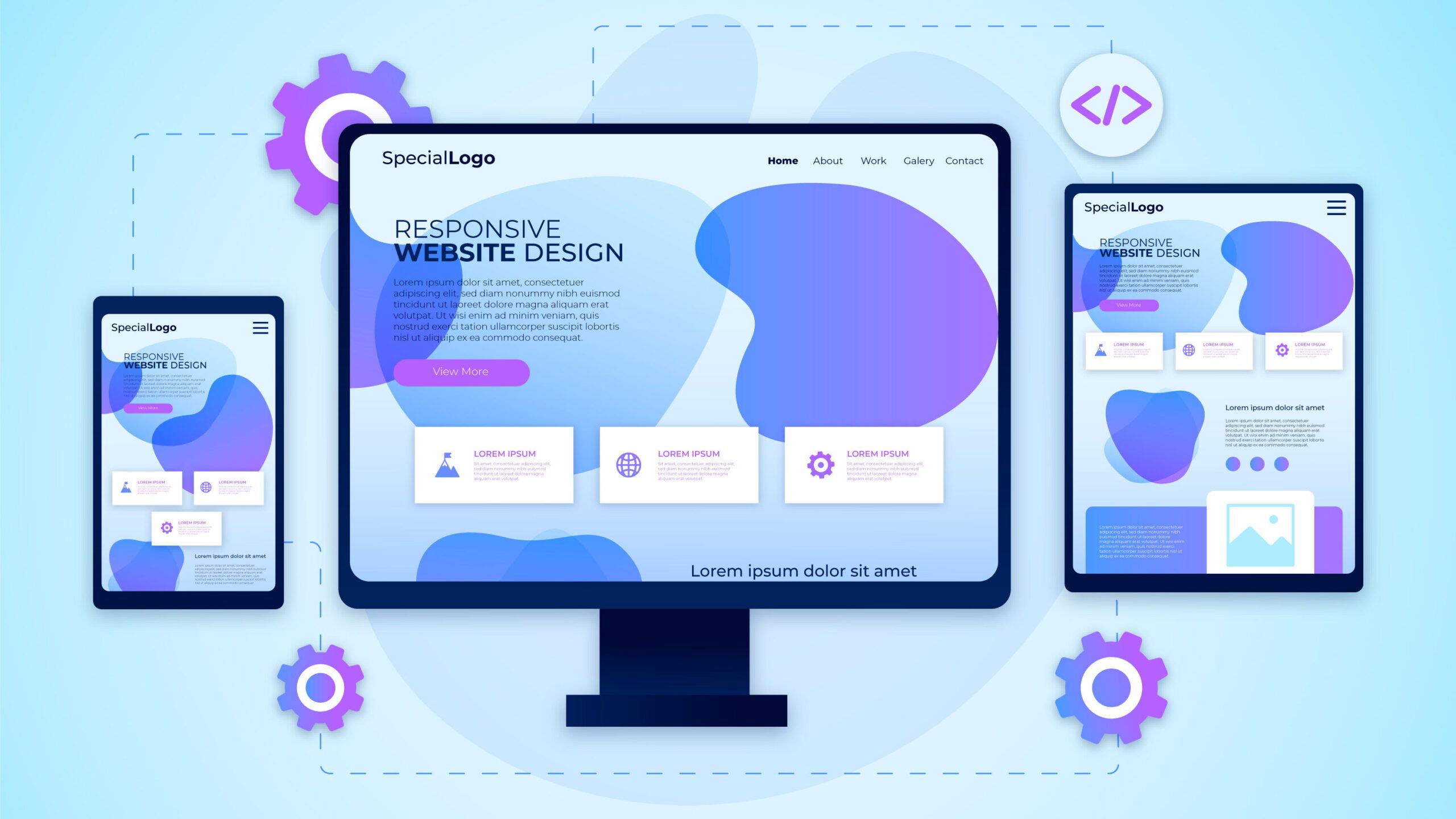A code-oriented design has to be intuitive, easy to use, and visually appealing.
User Interface (UI) design is crucial for creating software applications. However, develop a code-oriented design can be a challenge. In this article, we will explore this design & development duo. And after it you’ll have the best practices to create a user interface with code-oriented design.

Choose a framework
A framework is a set of tools, libraries, and best practices that can help streamline the development process. And one of the first things to consider when creating a code-oriented design is to choose a framework. By choosing a framework designed specifically for UI development, like React or Angular, you can ensure that your code is good. With that your UI is optimized for performance and your codes are organized and efficient.
Design with modularity in mind
Modularity is the idea of breaking down a system into smaller, independent parts, or modules. When you make a code-oriented design is important to consider how you can break down the design. Turn it into smaller modules that can be developed and tested independently. This approach let your code more manageable and scalable. This can also make it easier to update your UI.
Use reusable components
Reusable components are pre-built pieces of code that can be used across multiple applications or projects. By using reusable components, you can save time and effort in the development process, and you can also ensure that your UI is consistent across different applications or platforms. Additionally, reusable components can make it easier to test and debug your code, which can lead to a more efficient and reliable UI.
Consider accessibility
Accessibility is an important consideration when designing a UI. In order to create a UI that is accessible to all users, it is important to use proper markup and coding techniques, and to follow accessibility standards such as the Web Content Accessibility Guidelines (WCAG). By designing an accessible UI, you can ensure that your application can be used by as many people as possible, regardless of their abilities or disabilities.
Test early and often
Testing is an important part of the development process, and it is especially important when designing a UI. By testing your UI early and often, you can identify issues and bugs before they become major problems, and you can also ensure that your UI is optimized for performance and usability. Additionally, testing can help you refine your design and make adjustments as needed, which can lead to a better overall user experience.
Follow best practices
Finally, it is important to follow best practices when designing a UI oriented towards code. This includes using consistent naming conventions, organizing your code logically, and commenting your code to make it easier to understand and maintain. By following best practices, you can ensure that your code is efficient, reliable, and easy to work with.

Conclusion
Designing a user interface that is optimized for development and code requires attention to detail. Choose the right framework. Design with modularity in mind. Use reusable components. Consider accessibility. Test early and often, and following best practices. You can create a UI that is not only visually appealing and easy to use, but also efficient, scalable, and maintainable.

